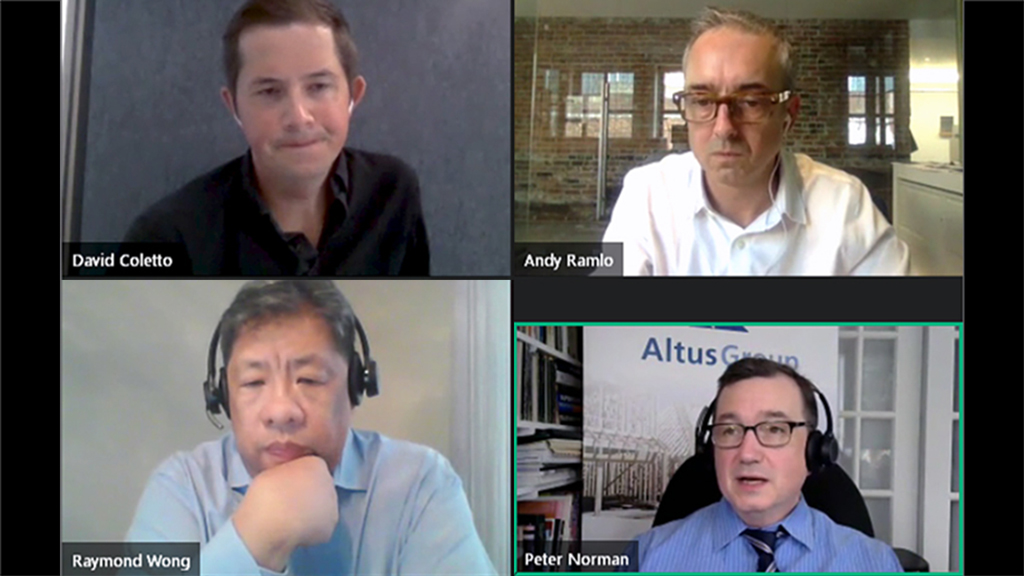The country’s shifting demographics, how different generations are behaving and what impacts they could have on the economy were front and centre for day two of CanaData, an annual construction forecast event organized by ConstructConnect.
The event, which was held by webinar due to the pandemic, kicked off with a presentation from Raymond Wong, vice-president of data operations for Altus Group.
“This is one of the most interesting times to be in research because of the constant changes,” said Wong. “2020 is a year of evolution accelerated.”
He noted that pandemic shifts like working from home have spiked but it was already a trend that was taking place.
Some major takeaways from Altus Group’s data, he said, is that bid-ask gap expectations will slow the market; employee needs for the workplace are continuing to shift; rapid changes in retail, like online shopping, are likely to accelerate and stay; and the high demand for industrial facilities remains strong even after the pandemic hit.
Peter Norman, vice-president and chief economist for Altus Group, predicted a quick bounce back early in the pandemic.
“Even I am surprised at how fast things ended up coming back,” said Norman. “Q3 is on track to be the strongest we have ever had in Canada.”
The bounce back comes after sales and volumes dropped 27 per cent earlier in 2020.
“The contrast is just an illustration of the type of turbulence that we have seen in this housing market,” said Norman.
He noted one of the emerging trends is how the real estate sector has adapted to the pandemic. But now digitization of the industry has made the whole process far quicker, a change that Norman says won’t be going away.
“At the start of things people simply could make a physical transaction but after a period of uncertainty things came roaring back as confidence returned,” said Norman.
Looking at the Toronto region specifically, Norman said that how much immigration comes back after plummetting during the early stages of the pandemic and how many people flee urban areas as working from home becomes more common will be two trends to keep an eye on over the next few years.
Andy Ramlo, vice-president of intelligence at Rennie Group, offered a more national perspective, stating while immigration is an important factor, aging is what will dominate changes in the coming decades. Ramlo pointed to a looming demographic crunch as baby boomers exit the workforce and require more health care but there are fewer workers to support them. He said Canada has been ramping up immigration to fill this gap.
In the long term, Ramlo predicted by 2041 the country will have many more immigrants and be more diverse than it is today — especially in urban areas like Toronto, Vancouver, Montreal and Calgary. However, David Coletto, CEO of Abacus Data, focused on generational change. He argued when this generational change is paired with technological advances people’s behaviour, expectations and circumstances also shift.
He noted that the pandemic has helped close the technological proficiency gap between younger and older Canadians.
Going forward, Coletto warned that sectors like construction will have to understand how millennials and Generation Z think if they want to recruit them.
“An important difference about these younger generations is that they are looking to make a difference or an impact,” said Coletto. “Our research shows again and again they want to help people. COVID is accelerating that desire to make a difference.”
Coletto said younger generations are asking themselves what it says about them to drive a certain car, wear a brand or even work in the construction sector.
“That is a key part of what drives these generations to action,” he said, adding that construction will also have to be prepared to compete with other careers that offer more flexible work environments than a jobsite.
Follow the author on Twitter @RussellReports.











Recent Comments
comments for this post are closed